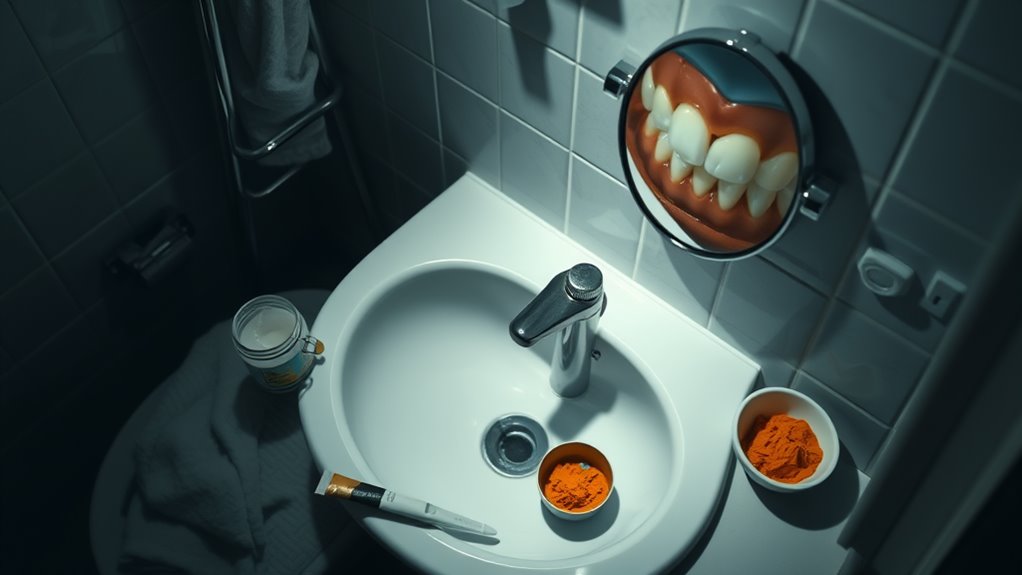Why Cold Compresses Work Wonders for Tooth Pain
If you’re experiencing tooth pain, you might find relief with a cold compress. This method effectively reduces inflammation and provides a soothing numbing effect. By constricting blood vessels, cold therapy can alleviate swelling and discomfort, offering you a temporary escape while you await dental care. But before you reach for that ice pack, it’s essential to know the best application techniques and when to seek professional help. Let’s explore these aspects further.
Understanding Tooth Pain
Tooth pain can feel like a relentless throbbing that disrupts your day-to-day activities. It often arises from cavities, gum disease, or dental injuries. The discomfort can radiate, making it hard to focus or eat. While you may be tempted to ignore it, using a cold compress for toothache can provide temporary relief, numbing the area and reducing your overall discomfort. Additionally, cold compresses can help reduce inflammation and swelling, enhancing the relief you experience.
How Cold Compresses Reduce Inflammation
When tooth pain strikes, it often accompanies inflammation, leading to increased discomfort and sensitivity.
You can combat this by applying a cold compress to the affected area. The cold helps constrict blood vessels, which reduces swelling and numbs the tissue, thereby alleviating pain.
The Numbing Effect of Cold Therapy
Using a cold compress can provide significant numbing relief, as the cold temperature affects the nerve endings in the area of discomfort.
This therapy offers you:
- Rapid pain reduction
- Decreased sensitivity in the affected area
- Temporary relief while waiting for professional care
- Improvement in overall comfort levels
- The ice hack’s numbing effect can help manage pain signals effectively during a toothache.
Proper Application Techniques for Cold Compresses
Cold therapy effectively numbs pain, but applying a cold compress properly is key to maximizing its benefits.
Start by wrapping ice packs or frozen vegetables in a cloth to prevent skin damage. Apply the compress to the affected area for 15-20 minutes, allowing breaks in between.
Ensure you monitor skin temperature and discomfort levels to prevent adverse effects.
When to Seek Professional Help
Although cold compresses can provide temporary relief from tooth pain, there are times when consulting a dentist is essential.
Look out for these signs:
- Persistent pain that lasts more than a few days
- Swelling or redness around the affected area
- Fever or swelling in your face
- Difficulty in eating or sleeping due to pain
Don’t hesitate to seek help when needed. Remember that immediate attention may be required if you experience signs of severe toothache.
Additional Home Remedies for Tooth Pain Relief
Several effective home remedies can complement cold compresses in alleviating tooth pain.
You might find relief using a warm saltwater rinse, which reduces inflammation, or applying clove oil, known for its numbing properties. Clove oil contains eugenol for pain relief, making it a popular temporary solution among users. Over-the-counter pain relievers can also be helpful. Additionally, maintaining proper oral hygiene is crucial in preventing further discomfort and promoting healing. Always consult your dentist for persistent pain.




